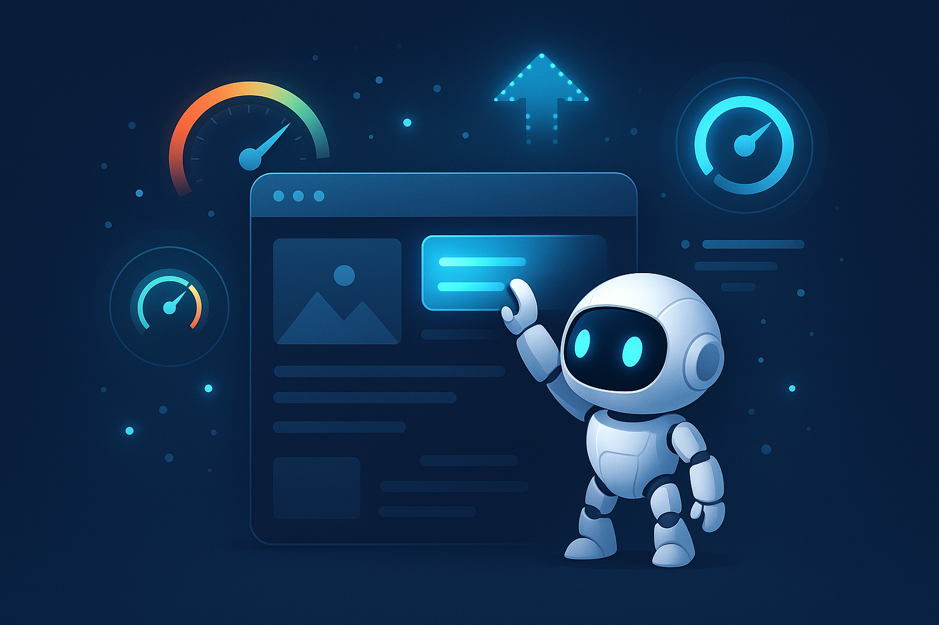- Home
- Articles
- Architectural Portfolio
- Architectral Presentation
- Inspirational Stories
- Architecture News
- Visualization
- BIM Industry
- Facade Design
- Parametric Design
- Career
- Landscape Architecture
- Construction
- Artificial Intelligence
- Sketching
- Design Softwares
- Diagrams
- Writing
- Architectural Tips
- Sustainability
- Courses
- Concept
- Technology
- History & Heritage
- Future of Architecture
- Guides & How-To
- Projects
- Interior Design
- Competitions
- Jobs
- Store
- ToolsNew
- More
- Home
- Articles
- Architectural Portfolio
- Architectral Presentation
- Inspirational Stories
- Architecture News
- Visualization
- BIM Industry
- Facade Design
- Parametric Design
- Career
- Landscape Architecture
- Construction
- Artificial Intelligence
- Sketching
- Design Softwares
- Diagrams
- Writing
- Architectural Tips
- Sustainability
- Courses
- Concept
- Technology
- History & Heritage
- Future of Architecture
- Guides & How-To
- Projects
- Interior Design
- Competitions
- Jobs
- Store
- ToolsNew
- More
Artificial Intelligence Engines for Architects

AI engines offer an extensive range of architectural services. They can help architects in their work by providing them with a wide range of ideas that can be used to design and construct buildings. They are also available to assist in architectural presentations, designs, and even architecture research. One of the most intriguing, talked-about, and quickly evolving technologies of this decade is artificial intelligence. Through the use of robotics, programming, and artificial intelligence, we are now able to fully replicate the human experience thanks to our technological achievements.
We have the privilege of working with one of the burgeoning future technologies, AI as architects. Although it has been around for a while, its ongoing evolution and sophistication spur innovation to the point where it will soon be ubiquitous.

The AI revolution is eventually beneficial for the economy, the labor, and particularly architects, while being unsettling. AI can be used by artists to automate a variety of tasks that were previously tedious, time-consuming, or just boring. This makes the entire design process easier, quicker, and more effective. In this article, we talked about the engines that architects will use to meet AI, in the continuation of the article you can see the best engines to produce AI architectural works.
Artificial Intelligence Engines for Architects: What is the scope of these AI engines?
AI engines offer various types of architectural services such as construction blueprints, design sketches, and rendering visuals. They are also available for use in complex architectures such as research papers or presentations due to the availability of diverse knowledge data sets. The AI engine can be used to quickly generate complex building designs for architects and designers. As of now, the use cases for these engines is still limited because of the size and scalability of their features. The architecture industry will have to wait a little longer before it can benefit from these AI engines.

AI engines architecture is a new and emerging field. Using AI to bridge the gap between architectural design, engineering, and construction is the future of architecture. Artificial intelligence engines provide great advantages to architects by enabling them to work in a very efficient way. By not having to send designs back and forth for revisions, AI gives architects more time for creativity. Moreover, AI can be used for a number of tasks like generating design ideas or designing 3D models quickly and accurately.
According to experts, AI text-to-image programs like Midjourney, DALL-E, and Stable Diffusion have the potential to alter how architects approach the concept and creation phases of designing structures and products. Numerous tech firms have introduced software in the last year that transforms text inputs from users into AI-generated images using neural network AI systems.

More changes have occurred in the world of architecture than in any other artistic medium, and I’m not only referring to style changes. Although numerous trends have come and gone, the methods that support them have moved from the world of pen and paper to the digital one.
Today, anyone who puts enough effort into it can become an architect. You only need decent software, a creative imagination, and some fundamental knowledge of the subject; you don’t even need to know how to use a pen and paper. Because of this reduction, architecture as an art form is thriving rather than degrading. More new ideas and fresh perspectives are emerging from the ground, transforming modern living and architecture as we know it.
The applications of AI in design go beyond architecture. On the platform of his company, according to Cusick, interior design solutions have shown a lot of promise.
Through the usage of text-to-image software, industrial design has also advanced. Cusick claims that Stability AI is already working hard to implement 3D processes for their platforms, and that other potential applications for the technology include voice-to-image and image-to-image capabilities.

Samsung is one of the major players in the rendering industry, and its demonstration showed that its AI software has a lot of potential. Not everyone is happy with the current status of AI, let alone its future, even if creativity is the key to innovation. The AI-generated photorealistic images by Samsung only increase the genuine concerns that AI technology may displace a sizeable chunk of the creative sector.

Submit your architectural projects
Follow these steps for submission your project. Submission FormLatest Posts
How Long Can You Delay HVAC Repairs Before Bigger Issues Arise?
Although HVAC systems are essential for maintaining a comfortable and healthy indoor...
8 Best AI Website Builders in 2026 — Expert Picks & Comparison
8 Best AI Website Builders in 2026 | Divimode Edition When I...
Modular Architecture in Small-Town America: A Survival Guide for the Future
Big cities usually hog the spotlight when we talk about architecture. Skyscrapers...
Steps For Building A Deck That Stands Out And Adds Home Value
A deck can transform a property by creating an inviting space that...












Leave a comment